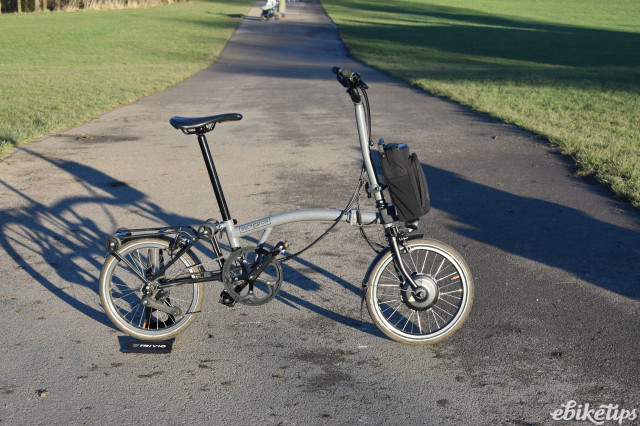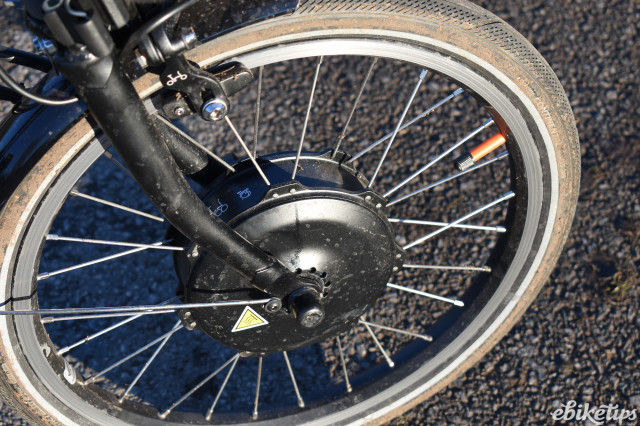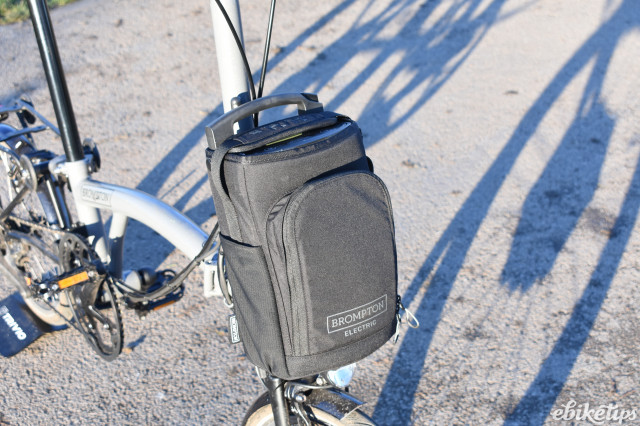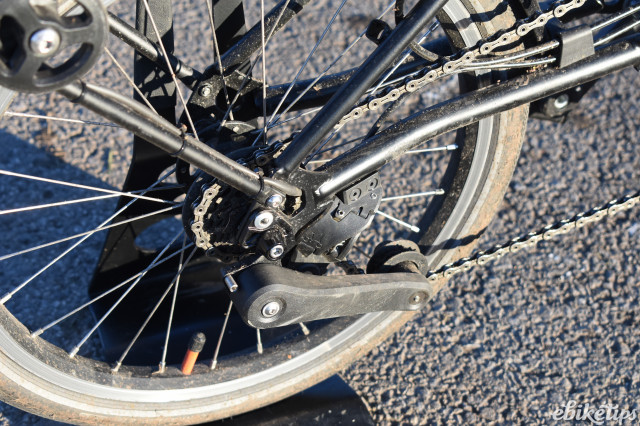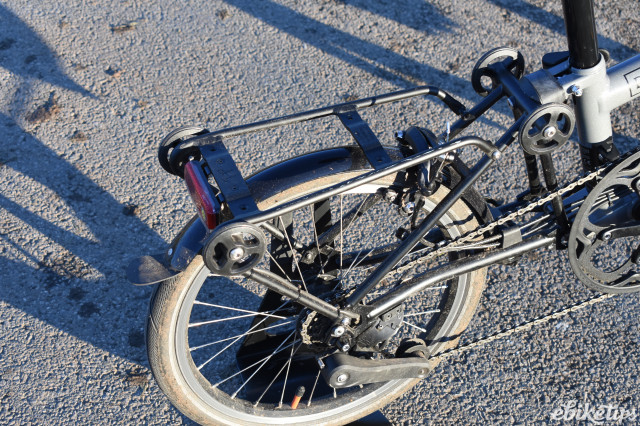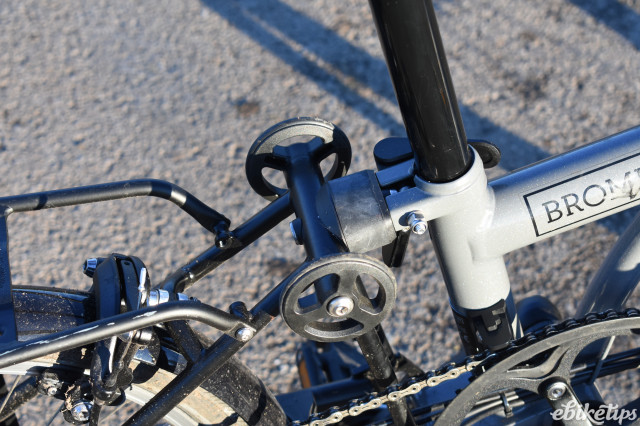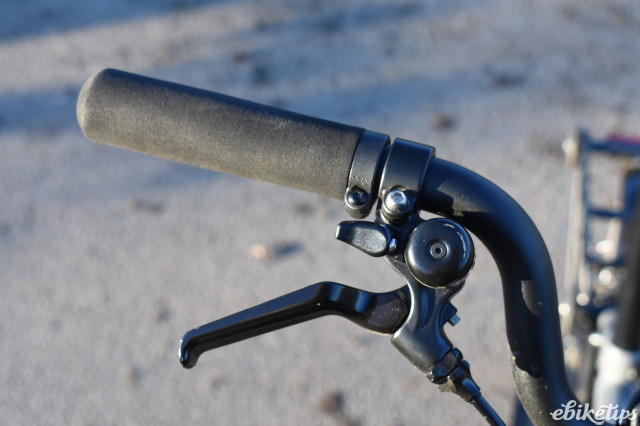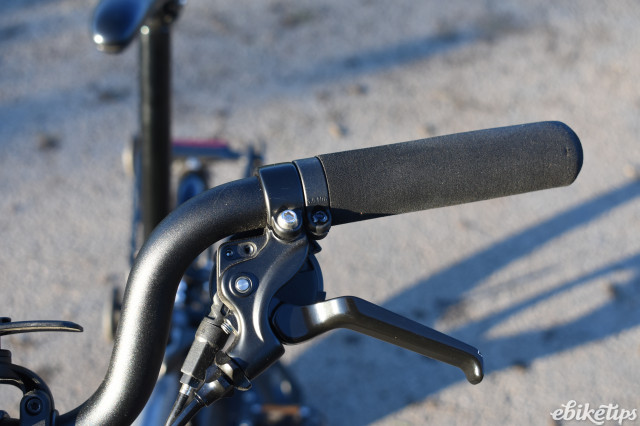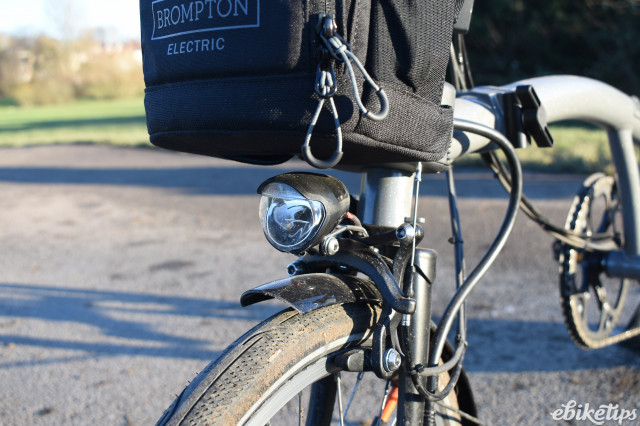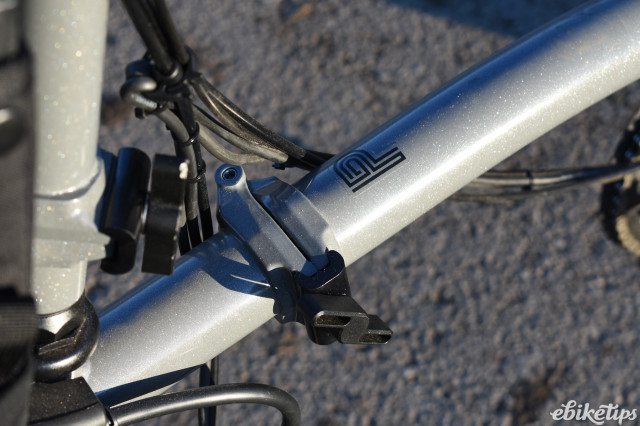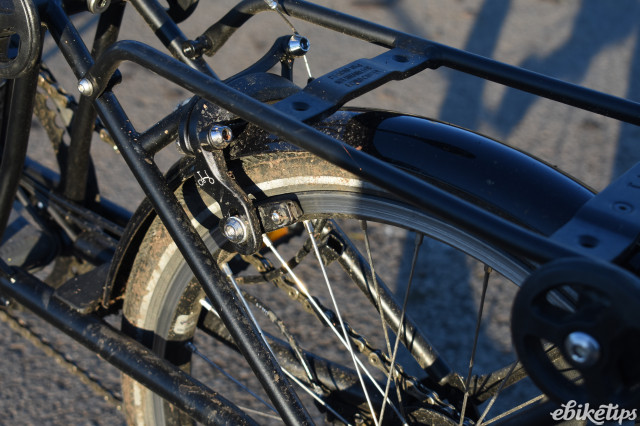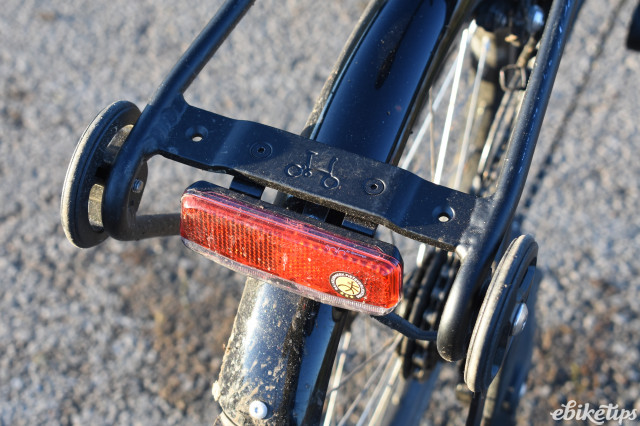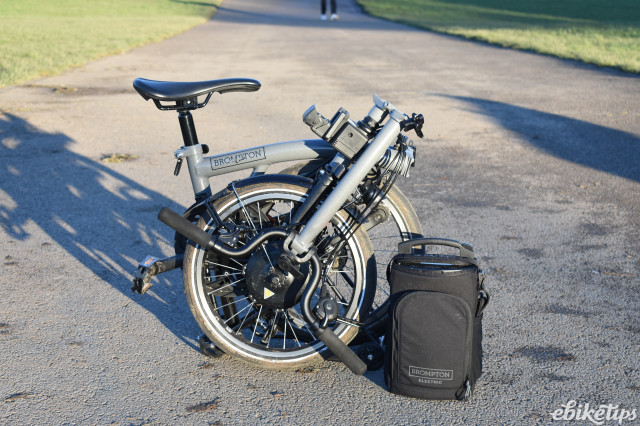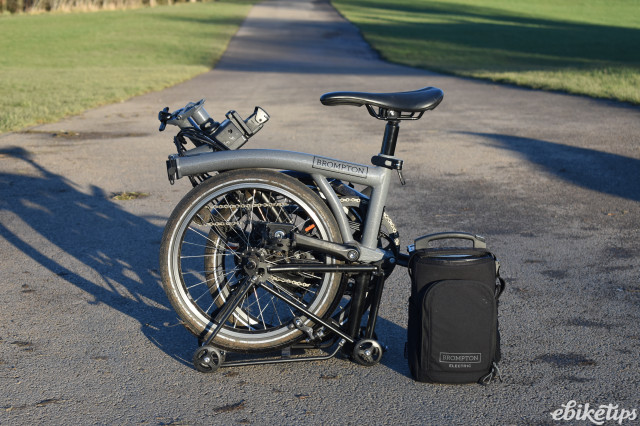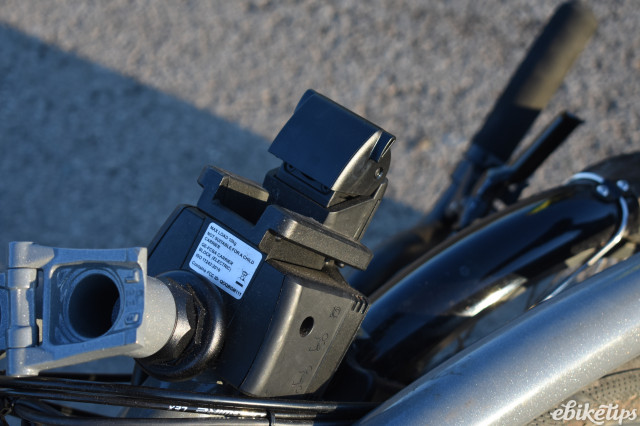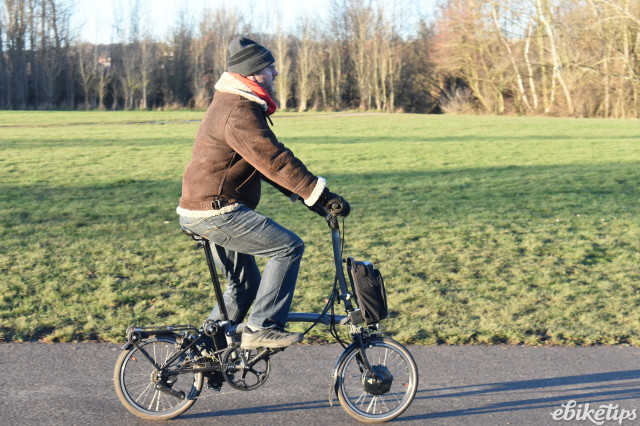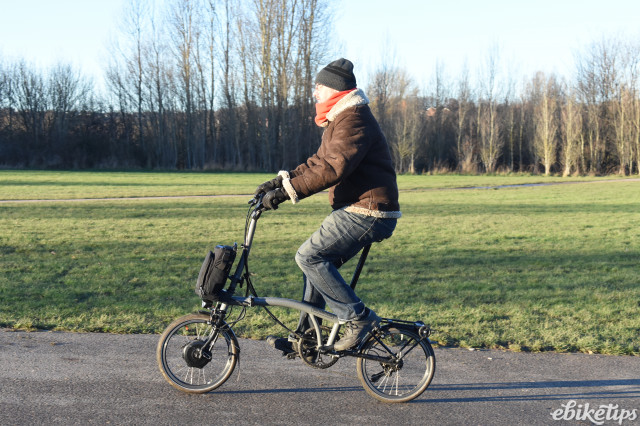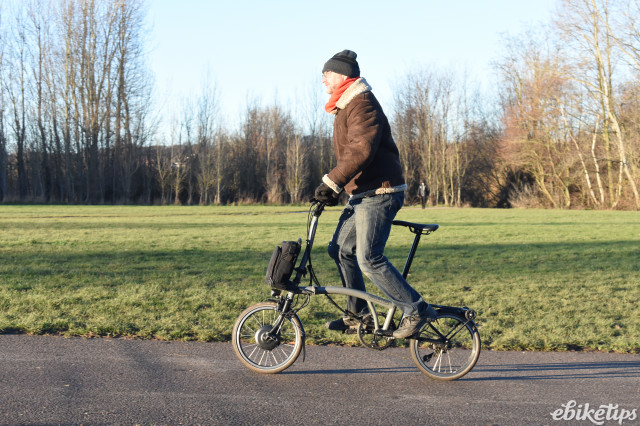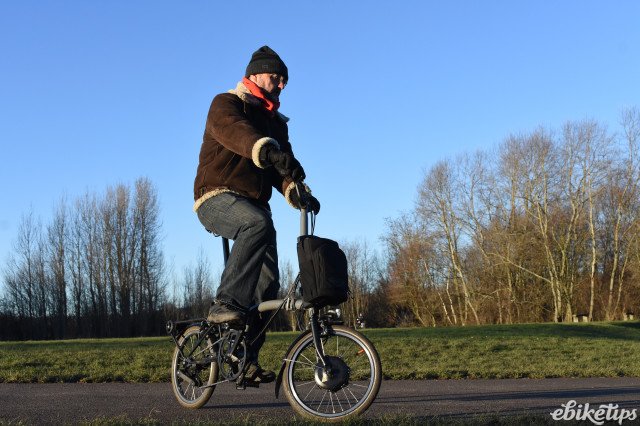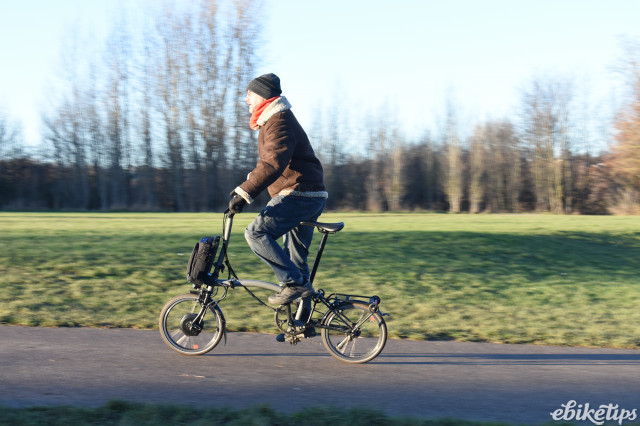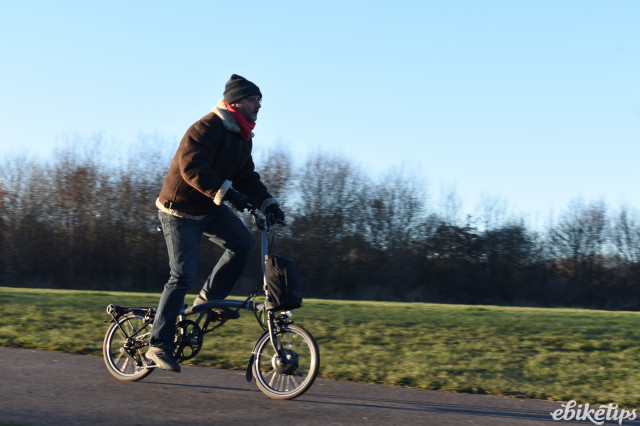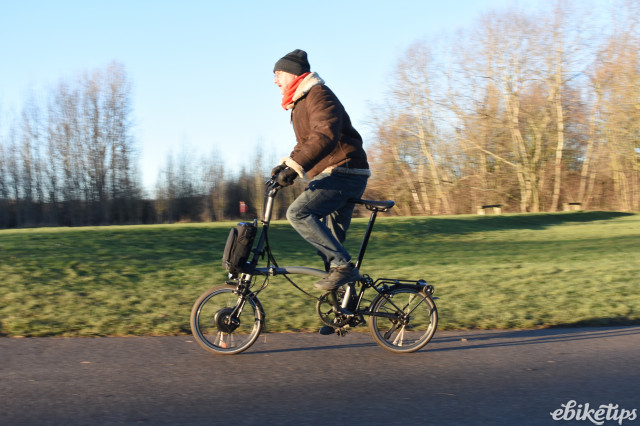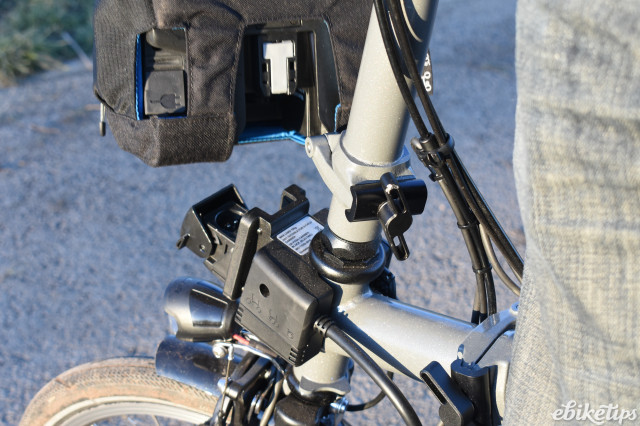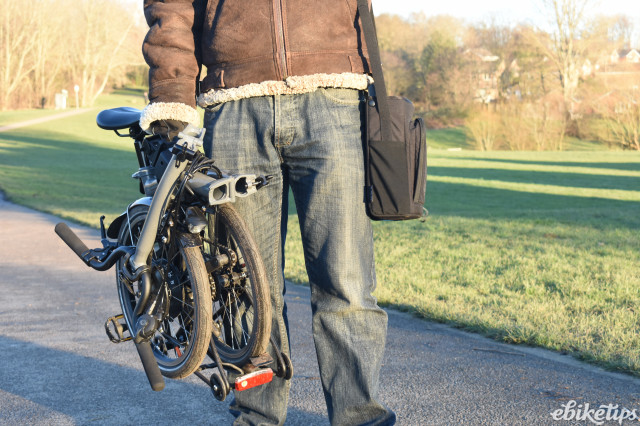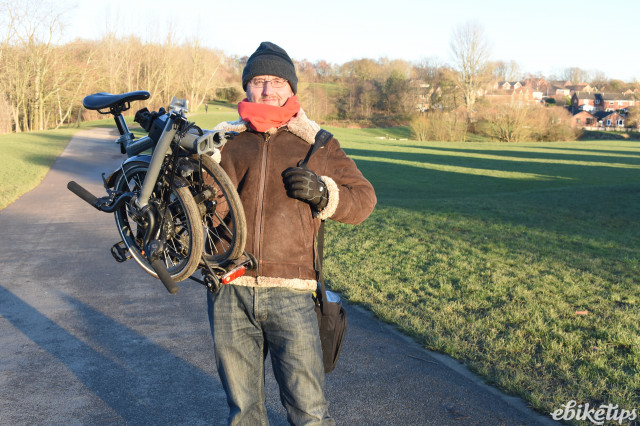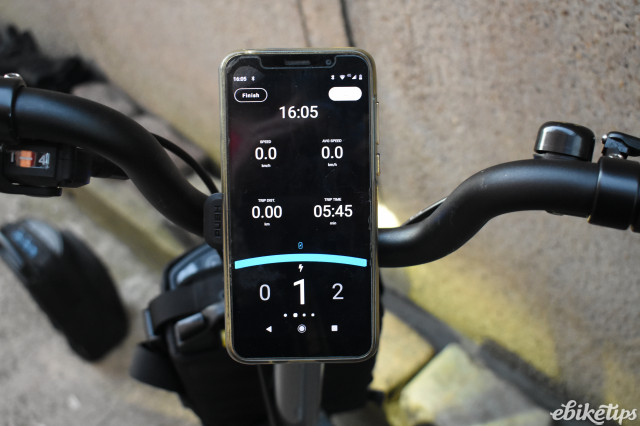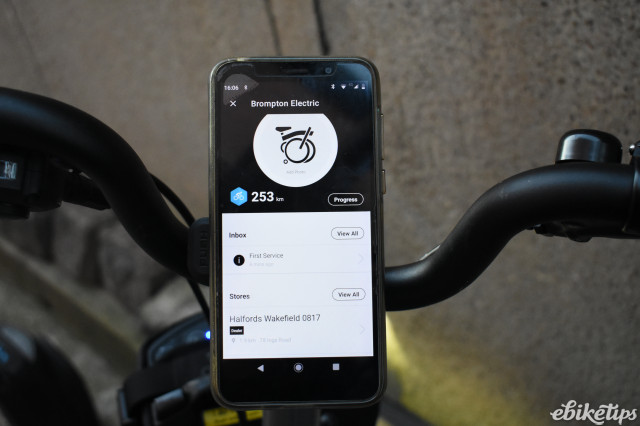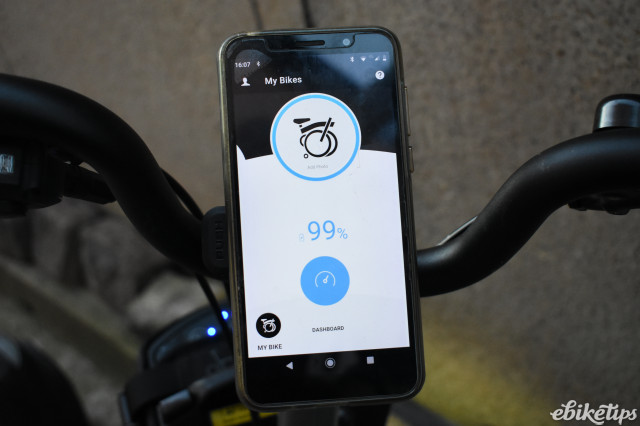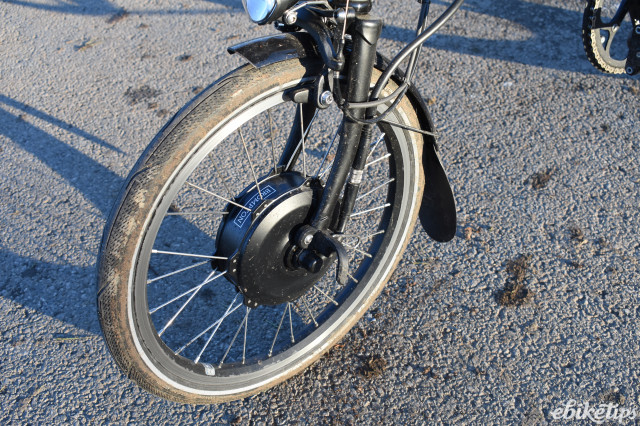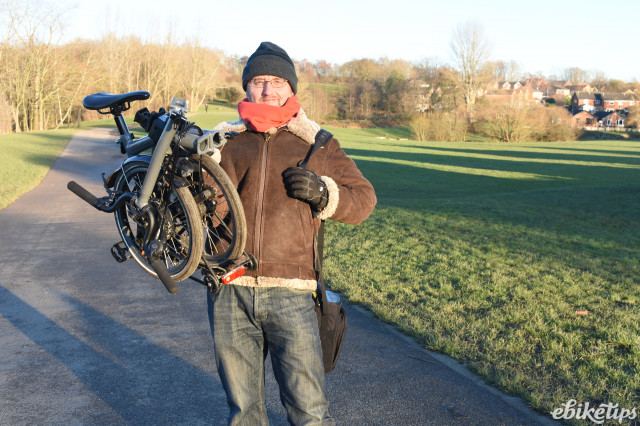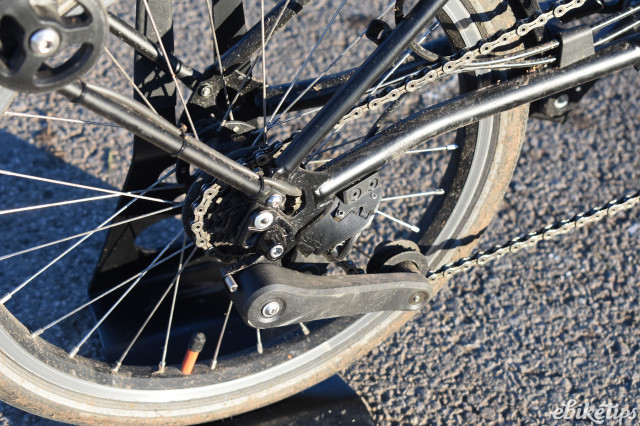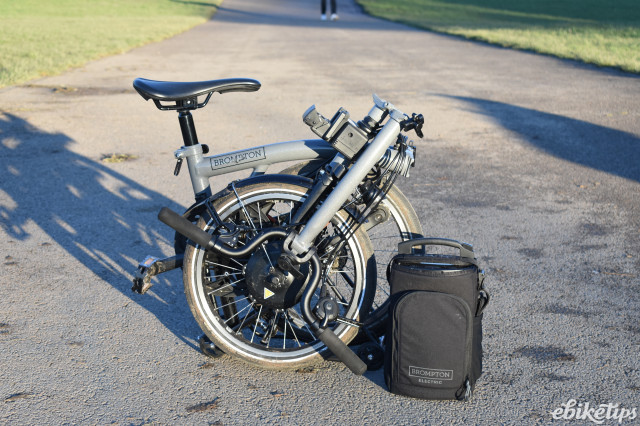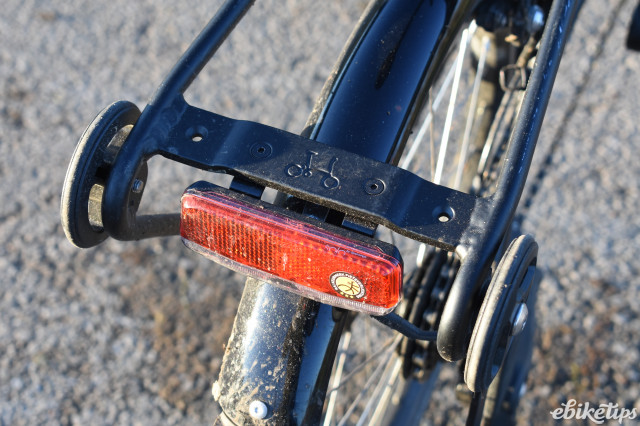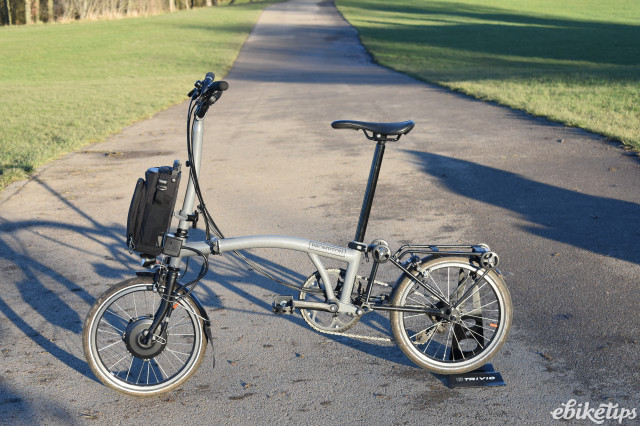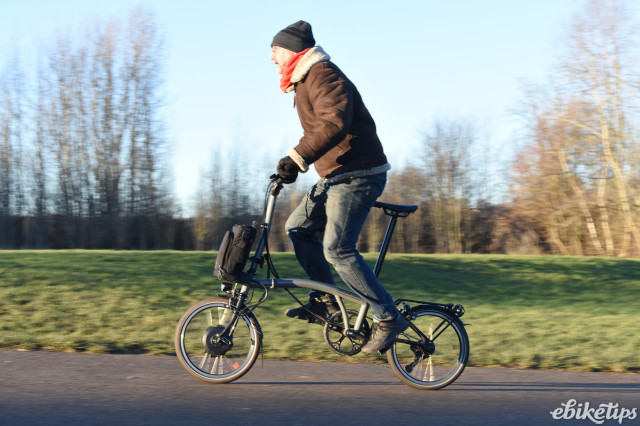Brompton Electric P Line
Overview
- New smooth derailleur system aids smooth power delivery
- Reasonably light to carry
- Simple but helpful app
- Pricey
- Front end heavy
Back in 2019 we reviewed the then recently launched Brompton Electric ML6 which had already been some years in development. It kept the Brompton's legendary quick and compact fold whilst adding a good dose of pedelec motor power. Last year Brompton launched the P Line (non-electric), its latest lightweight design, which comes in at around 10kg. Now comes the Brompton Electric P Line Urban.
The Electric P Line uses the same Brompton-designed front wheel hub motor system, but now with an app and many weight saving features on the bike itself. Let's take a look at what's changed in more detail and how those changes affect usage of the bike in the real world.
What's New on the P Line?
The main upgrade in terms of the electric drive system is a relatively small one with the introduction of a smartphone app. 'So what?' you might say. Even some fridges have their own apps these days. But in the case of the Brompton it's a really practical upgrade that avoids you having to reach over the handlebars to change power levels by pressing the battery top buttons. To us that's really an important safety upgrade.
Now a quick recap on the actual, largely unchanged drive system itself. It pairs a reasonably small front hub motor with an easy-lift on/off 312Wh battery pack, whose neat bag housing means you can easily sling it over your shoulder and carry the folded Brompton separately. It would have been nice if Brompton had come up with a lighter hub motor to go with the lightweight P Line - by our reckoning the motor system (with 2.8kg battery removed) adds around 2.75kg to the bike. That's reasonably light but not in the same league as the Cytronex or Swytch Brompton-specific conversion kits. The superb quality Cytronex, for example, adds markedly less than 2kg to the folded bike once its small battery has been removed for carrying.
The P Line Electric is Brompton's lightest e-bike and on our scales weighs 13.3kg with the battery removed. (Our test bike featured a rack, or 'Roller Frame', so the 'rackless' version would be a few hundred grams lighter.) We think this 'carrying weight' is the most important, as folding and carrying the Brompton for multi-modal (e.g. train) travel is such a big draw for many people. 13.3kg is a good couple of kilograms lighter than the six-speed electric we tested (which is now called the Electric C Line Explore).
The weight saving comes from many features of the non-electric P-Line carried over to the electric. First and foremost is a titanium rear triangle (although steel forks are used as opposed to the titanium forks found on the non-electric P Line). This is followed by a brand new 4-speed derailleur which gives a useful 163% gear range - similar to the 3-speed hub gear range of 178%. A lower gear and bigger overall gear range would have been nicer, but the crucial thing is the weight saving of the derailleur over hub gear models whilst preserving that hill climbing ability.
Other weight saving features carried over to the Electric version include the new rear wheel design, superlight grips, superlight headset, lightweight Tubolito inner tubes and lightweight chain.
Other features we really appreciated and which were lacking on the ML6 we tested in 2019 are:
- Roller Rack that provides a very stable base on which to rest or roll the folded bike.
- New lower stop disc for locking in two positions - fully folded and halfway down so you can swing the rear triangle under and push the bike along using the saddle as a handle; a nice new practical touch.
- Continental Contact Urban folding tyres. These are slicks that feel fast but also get good reports for the effectiveness of their puncture resistant layer.
You can read more about the new aspects of the non-electric P-Line in our road.cc review here.
Road test
Those 16-inch wheels mean the Brompton ride is often described as 'twitchy' or 'squirrely' but once you are used to riding one on a daily basis these concerns melt away to a large degree and it's really only very large potholes or big kerbs you need to be wary of. Within the gamut of what's possible with 16-inch wheels, the test rider found it a stable and fun ride.
In terms of motor performance, it's pretty similar to the experience on the heavier 2019 Brompton Electric we tried. It delivers decent power and certainly makes most hills very easy, and the torque-sensing power delivery is pretty smooth and pretty responsive to your pedal efforts.
Range from the 312Wh battery was a similar 30-miles-ish. For a premium priced e-bike it could be a little smoother with a bit more punch up really steep hills. There are equally small but punchier motors out there. Gocycle's proprietary front hub system was named ebiketips' best lightweight hub motor to give just one example.
The test rider has ridden the old ML6 electric version quite extensively and the Electric P Line, whilst basically the same system, felt a little smoother and didn't suffer from any of the occasional power cutouts the ML6 did. (These were likely due to the battery pack jumping up and down on its mountings and temporarily cutting the power to the motor.) Whether extra smoothness is simply down to it being a lighter bike with quicker changing gears or whether the software itself is a newer, silkier version, it's hard to say, but there is definitely a small but noticeable improvement.
The real bonus over the older Brompton Electrics though is the app. The test rider isn't a big fan of these in general, often preferring a thumb control to alter settings rather than a fiddlier smartphone screen. Whilst a thumb control would still be the ideal on the Brompton, the app at least means the rider doesn't have to lean all the way over the bars to press the power buttons on the top of the battery pack. In addition, it's nice and easy to setup and pair via bluetooth, whilst the main 'dashboard' screen itself has the all-important three power levels in nice big numbers at the bottom of the screen, making changing the power assist much easier than it used to be.
The competition
There are lighter folding e-bikes from the likes of Flit and Hummingbird but these are single speed models and also lack the rear rack of this Brompton Electric P Line (or the ability to add extra carrying capacity at the front, as you can with the City Bag for Brompton Electric). In terms of sophistication and weight, the Gocycle is the only real competitor, although its 20-inch wheels and wonderful motor put it in a sportier, larger-folding and pricier bracket.
In terms of lightweight e-folders, the main direct competition for Brompton Electric bikes comes from Brompton-specific kits which offer the potential to convert an existing bike to e-power. (Brompton's own system is not retrofittable sadly.) We have already mentioned Cytronex and Swytch, but Nano and ARCC are other options. However, do be aware that fitting a retrofit kit will void any outstanding warranty on the recipient Brompton.
In summary, we think the latest and lightest electric model from Brompton is the best yet and the most practical to use on a daily basis if lifting the folded bike on and off other forms of transport. There are incremental performance improvements over previous versions too, with the only true sticking point for many potential purchasers being the hefty £3,695 to £3,775 price bracket of the Electric P Line range. For regular train-bike commuters with deep pockets it's undoubtedly a tempting purchase.
1 comments
The app is available for all electrics - got mine in 2021
